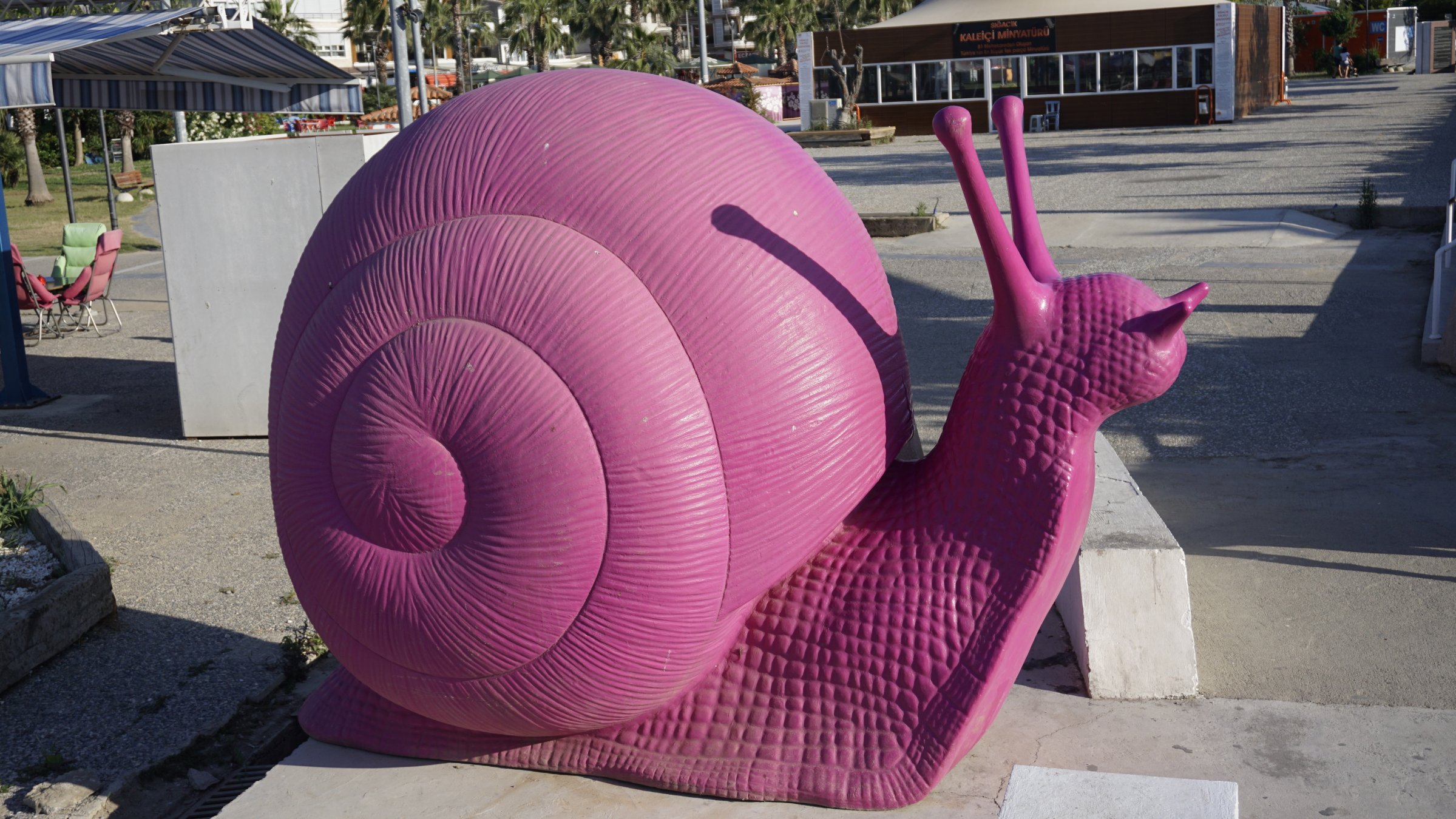Slow and Steady Wins: How a Tiny Mollusk Became the Mascot of Sustainable Living

Reimagining Urban Life: Cittaslow's Revolutionary Approach to City Living
In a world increasingly dominated by fast-paced, high-stress urban environments, Cittaslow emerges as a transformative movement that challenges traditional city paradigms. This innovative philosophy breathes new life into urban spaces by prioritizing sustainability, celebrating local culture, and championing a more deliberate, mindful way of living.
Cittaslow isn't just a concept—it's a radical reimagining of what cities can be. By slowing down the relentless urban rhythm, this movement creates spaces where quality of life takes precedence over constant productivity. Local traditions are honored, community connections are strengthened, and residents are encouraged to savor each moment rather than simply rushing through their days.
Through sustainable practices, cultural preservation, and a commitment to human-centered design, Cittaslow offers a compelling alternative to the sterile, fast-moving metropolises that have come to define modern urban experience. It's a vision of city life that nurtures both individual well-being and collective harmony.
